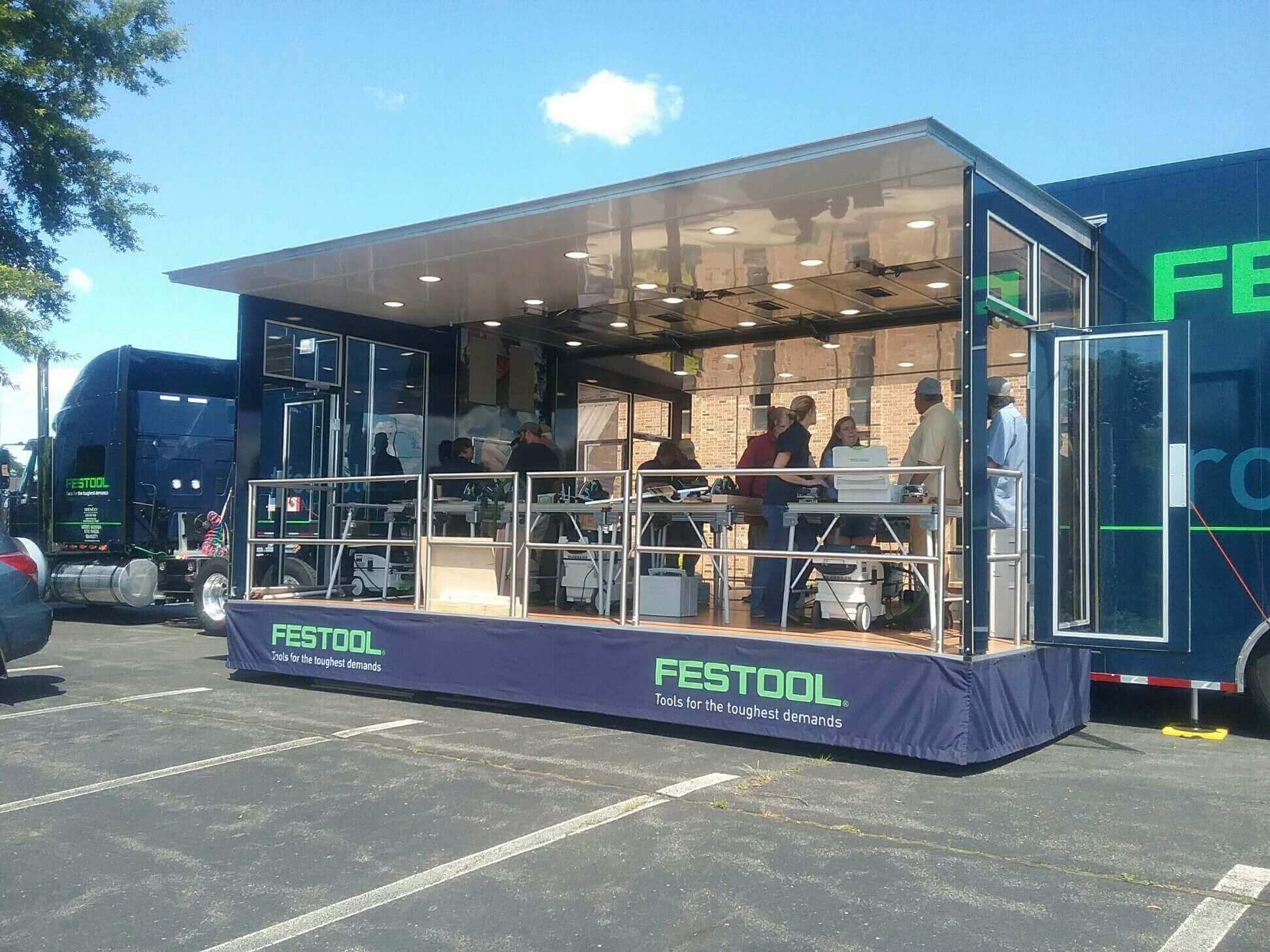And when we eventually get to the other side of this coronavirus crisis, we will all have an opportunity to take stock of what to do better next time. For this article, we’d like to emphasize one particular call to action as it relates to that opportunity and the role of crisis response and mobile medical vehicles.
And that is: Don’t Forget.
Don’t forget that the ability of our healthcare or emergency systems to respond sufficiently in a crisis largely depends on the commitment made to developing, training and planning that is done long before the crisis ever happens.When Hurricane Katrina hit, we had to rush to develop three mobile medical vehicles and get them manned and deployed to the Gulf. Like many, we learned quite a bit from the experience and applied it to how we develop crisis response vehicles today. And one of the biggest takeaways was the need for these vehicles to be built in “normal” time when there is no immediate crisis.
Now, we know this is easier said than done. In our own state, emergency management officials have been trying to find funding for mobile medical equipment for years. It’s tough when there are so many other projects that deserve funding. But consider this. Developing the necessary vehicle after the crisis has already begun ends up being far more costly.
State agencies and large health care organizations can make mobile medical vehicles more of a priority as part of their emergency preparedness plans as long as they don’t forget what is happening on the ground right now where the pandemic is hitting hardest. Where hospitals and medical staff are overwhelmed. Where the need for more beds, more respirators, more everything is greatest. Then the value of having mobile medical vehicles makes sense.
How do you develop a vehicle when you don’t know exactly what medical equipment will be needed?
It’s a fair question. While the current crisis is a viral pandemic, the next one (and there’s always a next one) could be a hurricane or a tornado. The simplest solution is to start by creating a base vehicle that is designed to be customized quickly and deployed with the exact equipment that is needed in a particular area. Imagine having an expandable medical trailer that is already set up for oxygen, patient monitoring and basic diagnostics and that is designed to accommodate respirators or other equipment. The vehicle could then be sent to where hospitals approaching their capacity along with the medical professionals to provide support. If these were already part of a state or health care organization’s crisis response program, they could be upfitted and deployed in a matter of weeks. The problem is that, until we have a crisis, it’s difficult for state officials to invest in the vehicles and the training.Not all needs are medical.
Another thing we’d like for all of us not to forget is that a crisis takes its toll on everyone. And often there are needs in the community during these times that nonprofits, businesses and brands can meet. Let’s not forget that when we are looking back on this time and at how our organizations could have and did help. Is there a way to be better prepared to mobilize our efforts to provide for others? The answer doesn’t have to include a huge, sophisticated specialty vehicle. It could mean quickly modifying an existing vehicle or shifting how fleet vehicles get utilized.What’s next?
Before we tuck these thoughts away for safekeeping until the crisis passes, there are still ways to make progress with mobile medical vehicles today. Remember the base mobile medical vehicle platforms we talked about earlier? We have vehicles at our facility that could be upfitted and deployed within a matter of days or weeks, depending on the equipment availability. We also have a number of other vehicle types that could be quickly and easily modified for other non-medical uses.One last thing to not lose sight of is that now is actually the time to think about what mobile marketing events will look like once we’re on the other side of this pandemic. It’s probably safe to say that smaller, more versatile approaches will be needed to reach people with compelling experiences in a responsible way. How much more virtual will these experiences be? You might not be able to put together a mobile concert tour to promote your brand, but you could invite audiences to a virtual concert using their own VR headset. Don’t forget that people are still people. They are and will be yearning for engagement and experiences out in the new “normal” world.
Interested in learning more about our mobile medical or crisis response vehicles? We’re here and happy to talk with you. We’d also be delighted to help you think through how to apply what we’re learning now into plans for reaching out to people now and once we’re able to get on the road again.





